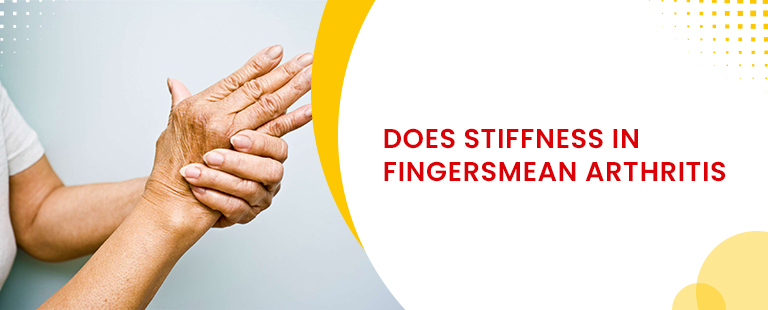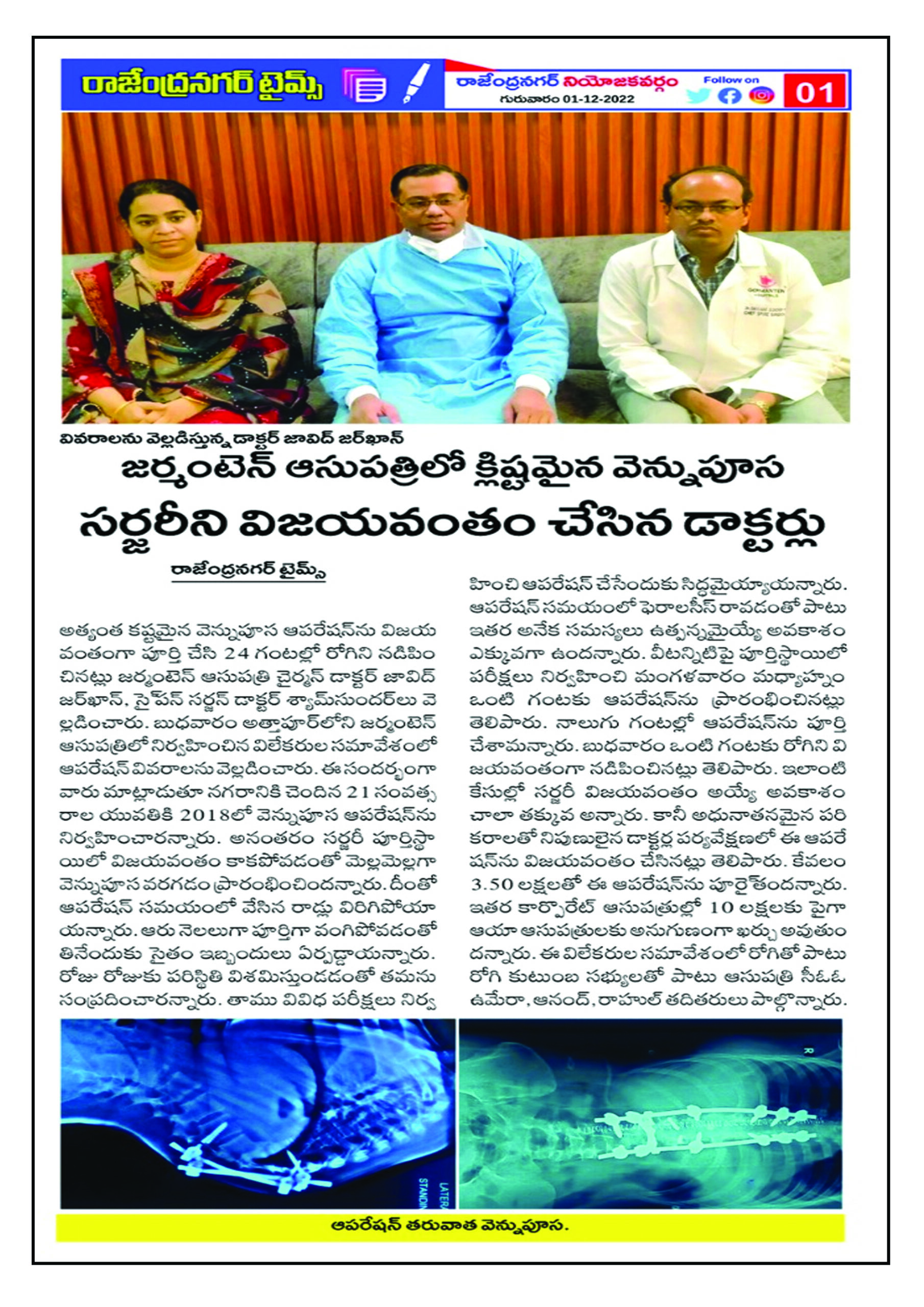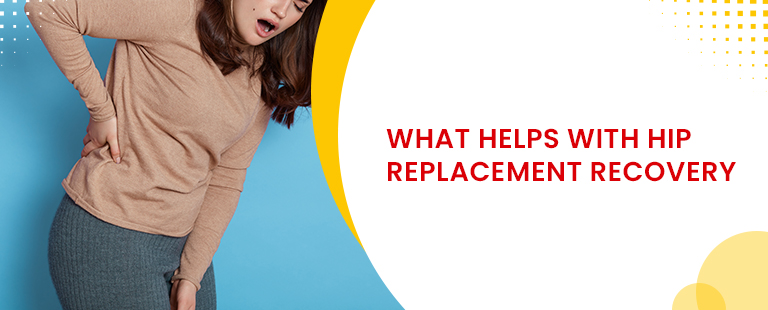Stiffness In The Fingers In The Morning
Having stiff and swollen fingers in the morning is quite familiar to people of all ages. It can even be a cause of loss of mobility in your fingers in your daily routine. Although most people think that it is primarily due to arthritis, there can be other reasons. Therefore, a doctor will be able to provide you with treatment only after a thorough diagnosis. Here are a few symptoms of stiff and sore fingers in the morning: swelling, warmth in the area, mild to excruciating pain, redness, bruising, etc.
Causes
Here are a few causes of stiff finger joints in the morning:
- Arthritis: One of the most common orthopedic problems is arthritis, and it is considered a prevalent cause of stiff fingers. If the stiffness is due to this condition, it might get worse gradually. There are five forms of arthritis. The doctor will provide you with a suitable treatment based on a thorough diagnosis for the type. Then, there’s rheumatoid arthritis, an autoimmune disorder in which the body’s immune system attacks its healthy cells. As this condition gets worse with age, an early diagnosis is key to treatment. When it comes to arthritis, along with stiff hands in the morning, you might feel swelling, excruciating pain and lack of mobility in your knees and other load-bearing joints.
- Dupuytren’s Contracture: It is a medical condition in which the collagen tissues under the skin of your palm gradually get thick and tight. It is also known as palmar fibromatosis. A cord-like structure might form due to the knots in the collagen tissues, which might pull your finger, causing a bend, resulting in stiffness. Although the most frequently affected fingers are your ring finger and pinkie, they might slowly spread around if not treated in time. Symptoms other than stiff fingers include the formation of lumps of tissues in your palms and having dimples or marks on the skin of your palms.
- Stenosing Tenosynovitis: It is a medical condition that causes inflammation in the protective sheath over the tendons in your fingers. Another name for this condition is trigger finger. Your finger might lock in a particular position instead of free motion. It tends to cause excruciating pain when you try to bend or move your fingers.
Your fingers may feel stiff in the morning due to several reasons. But the true cause will be known only after a thorough diagnosis by a doctor.
DIAGNOSIS
The first step in diagnosing a particular condition is usually a session of physical exam or consultation. In this session, the doctor might ask you a few questions about your symptoms, their extent, activity level, any accident you might have been involved in, etc. They will also check your fingers and see the range of motion to examine the symptoms firsthand.
After that, they might recommend some diagnostic tests to pinpoint the exact cause of your afflictions. Firstly, there will be a regular X-ray to check for any damages or irregularities in your bone structure. Then, in rare cases, the diagnosis might go further with tests like CT scans and MRIs.
Then, the doctor will avail you of a treatment based on the diagnosis.
So you might want to have an early consultation to ensure that the treatment is provided as soon as possible.
TREATMENT
The treatment of your stiff fingers will depend upon the cause to a great extent. But here are a few common treatments for this affliction:
- Home remedies: You could try heat packs and ice packs to soothe the pain in your fingers. Then there are anti-inflammatory medications you can buy OTC to have some relief from the pain.
- Cast: The doctor might wrap a cast in case of a fracture.
- Surgery: Surgery might be the answer in severe cases.
Having stiff fingers is quite common but can be pretty painful, and as mentioned earlier, it can be due to several reasons. So have a proper diagnosis to ensure a suitable treatment. If you have any more queries like “Why are my fingers stiff in the morning?” you might want to have a consultation with the doctors at Germanten Hospitals. So book your appointment today!
WHY CHOOSE US?
Germanten Hospital has been one of India’s leading facilities for various medical treatments. Under insightful leadership, we have acquired excellence when it comes to treatments in neurology, plastic or cosmetic surgery, orthopaedics and reconstructive surgery.
Dr. Mir Jawad Zar Khan has led our hospital to the forefront of the medical industry. He has experience of 22 years in orthopaedics. His alma mater is Osmania University, where Dr. Jawad achieved a gold medal for his excellence in education. He then completed advanced training in the USA and Germany.
Dr.Mir Jawad Zar Khan was awarded the Times of India Award of “Iconic Joint Replacement Surgeon Of Telangana” by the State Hon’ble Governor Dr. Tamilisai Soundararajan and Germanten hospital has been ranked by “All India Lifestyle Hospital & Clinic Ranking Survey 2022” among the top orthopedic hospitals India.
We have gained access to state-of-the-art medical technology and the latest advanced equipment, which has proven to be quite beneficial for our patients.








